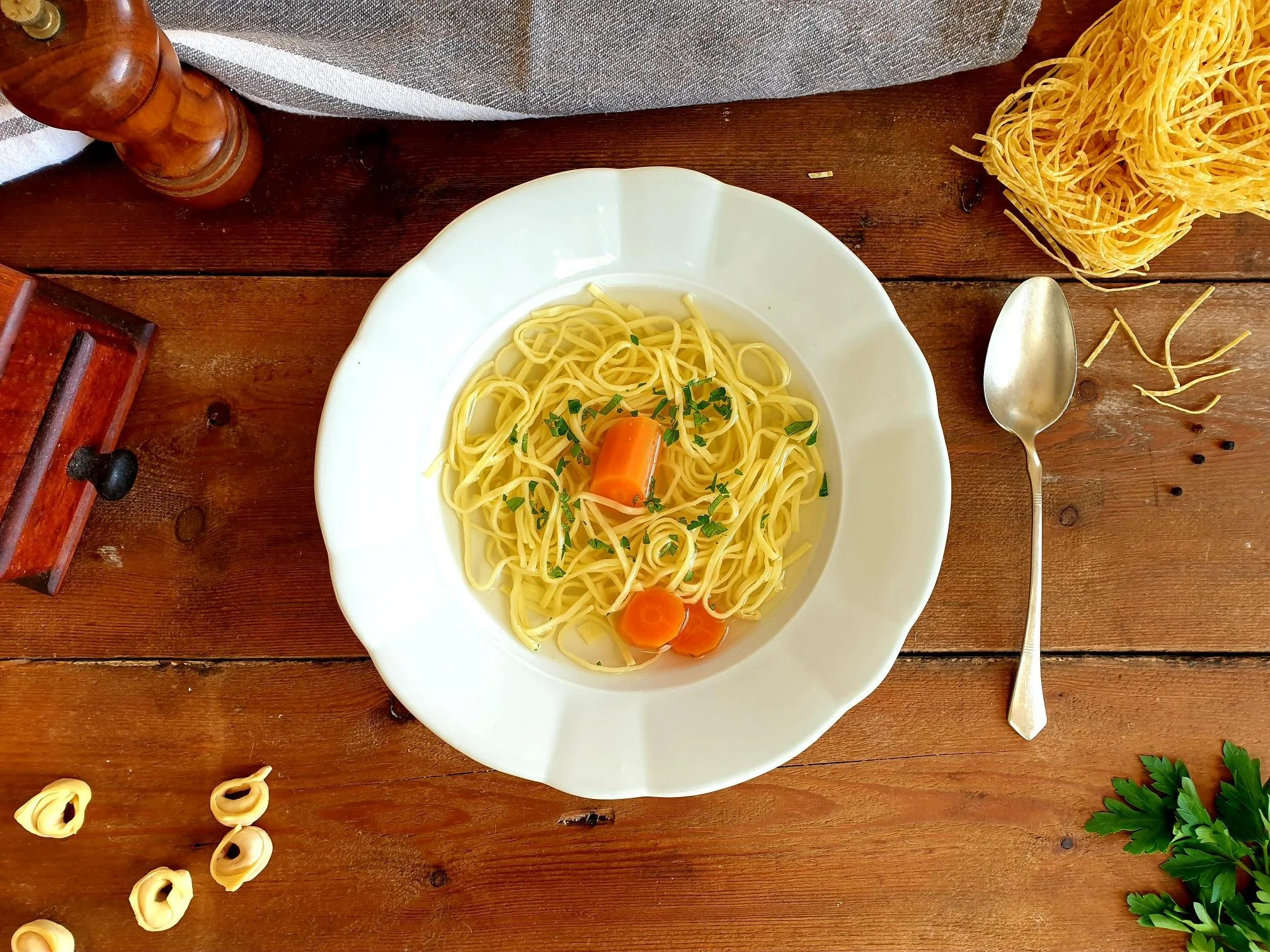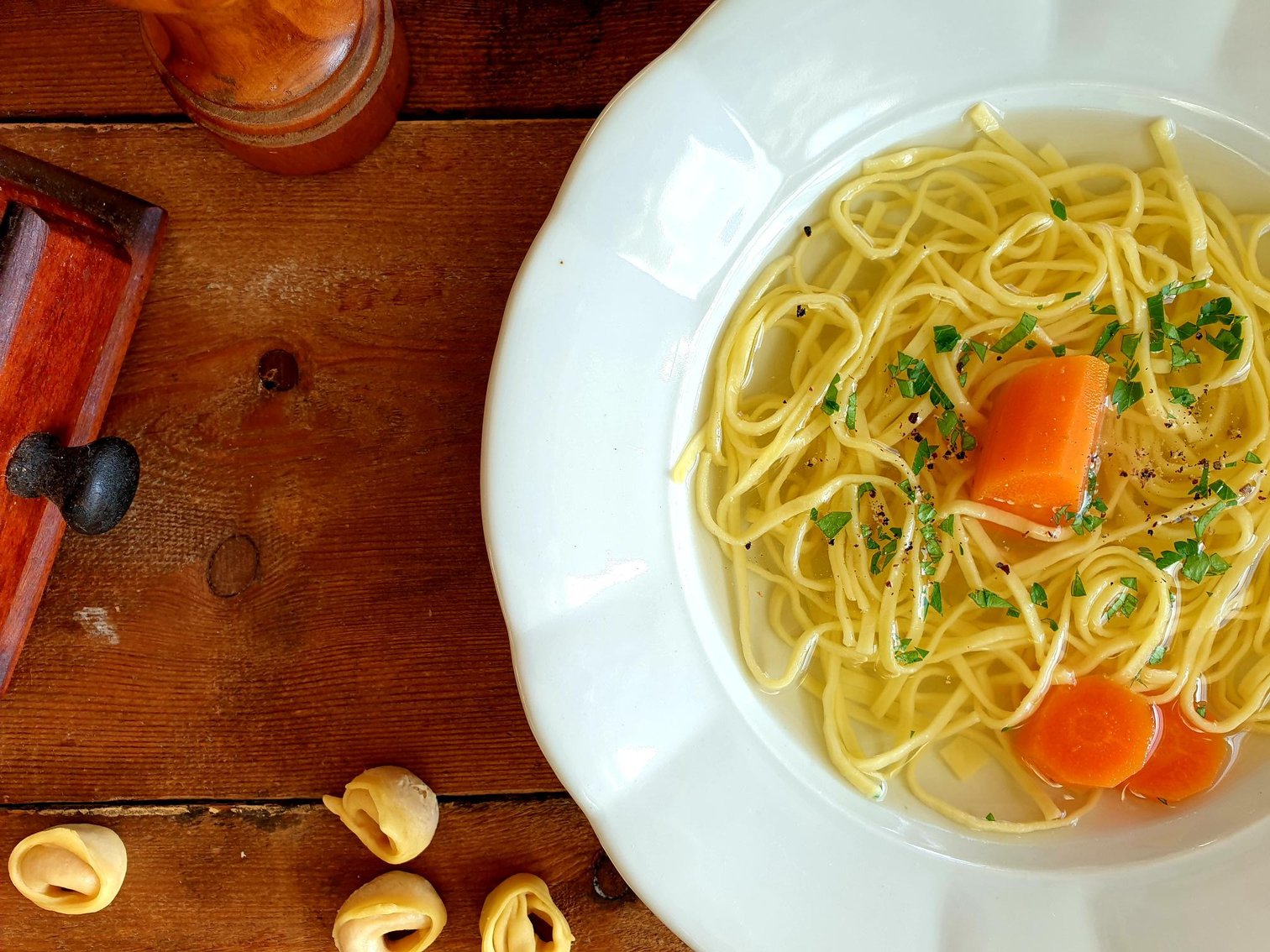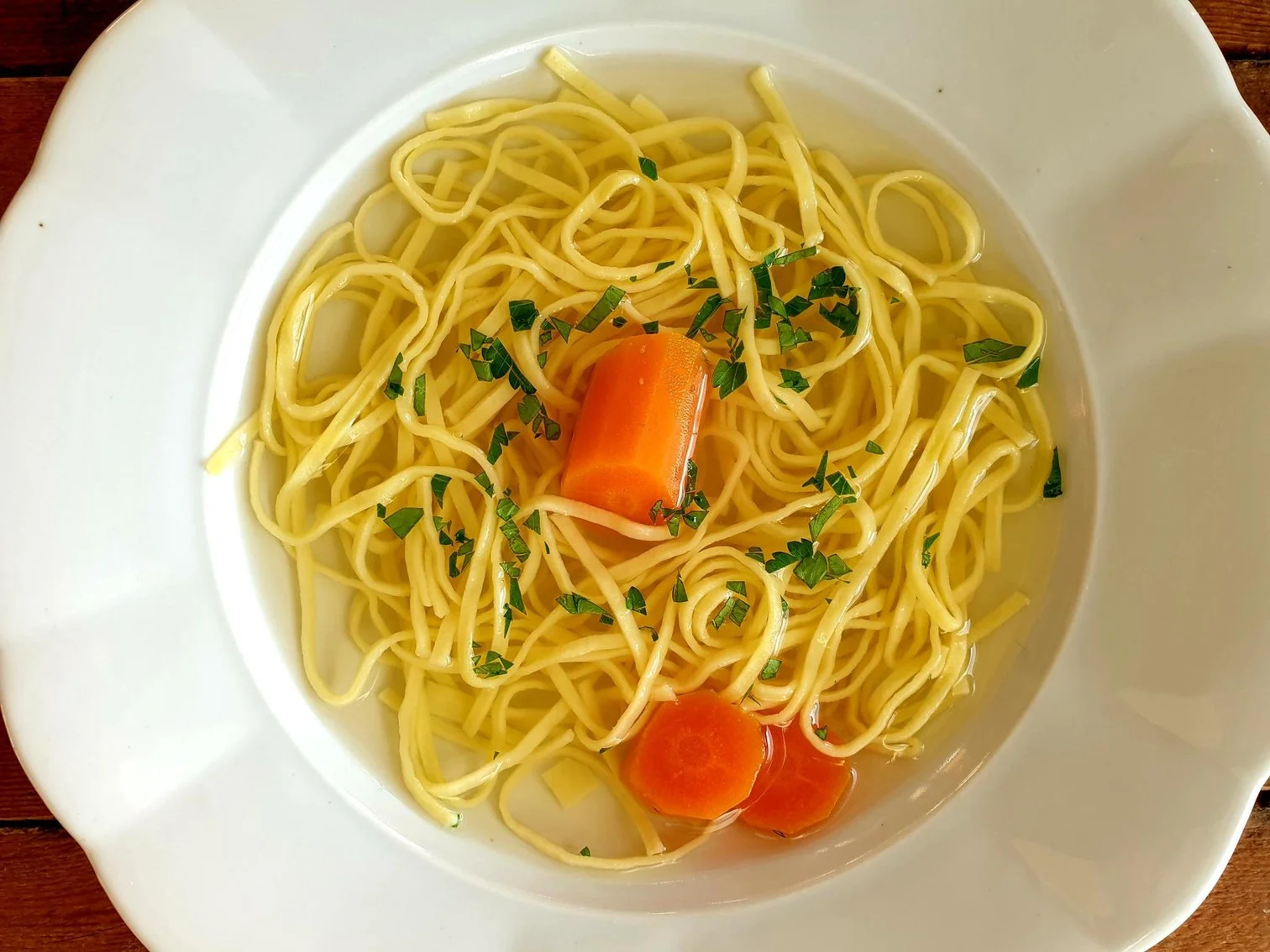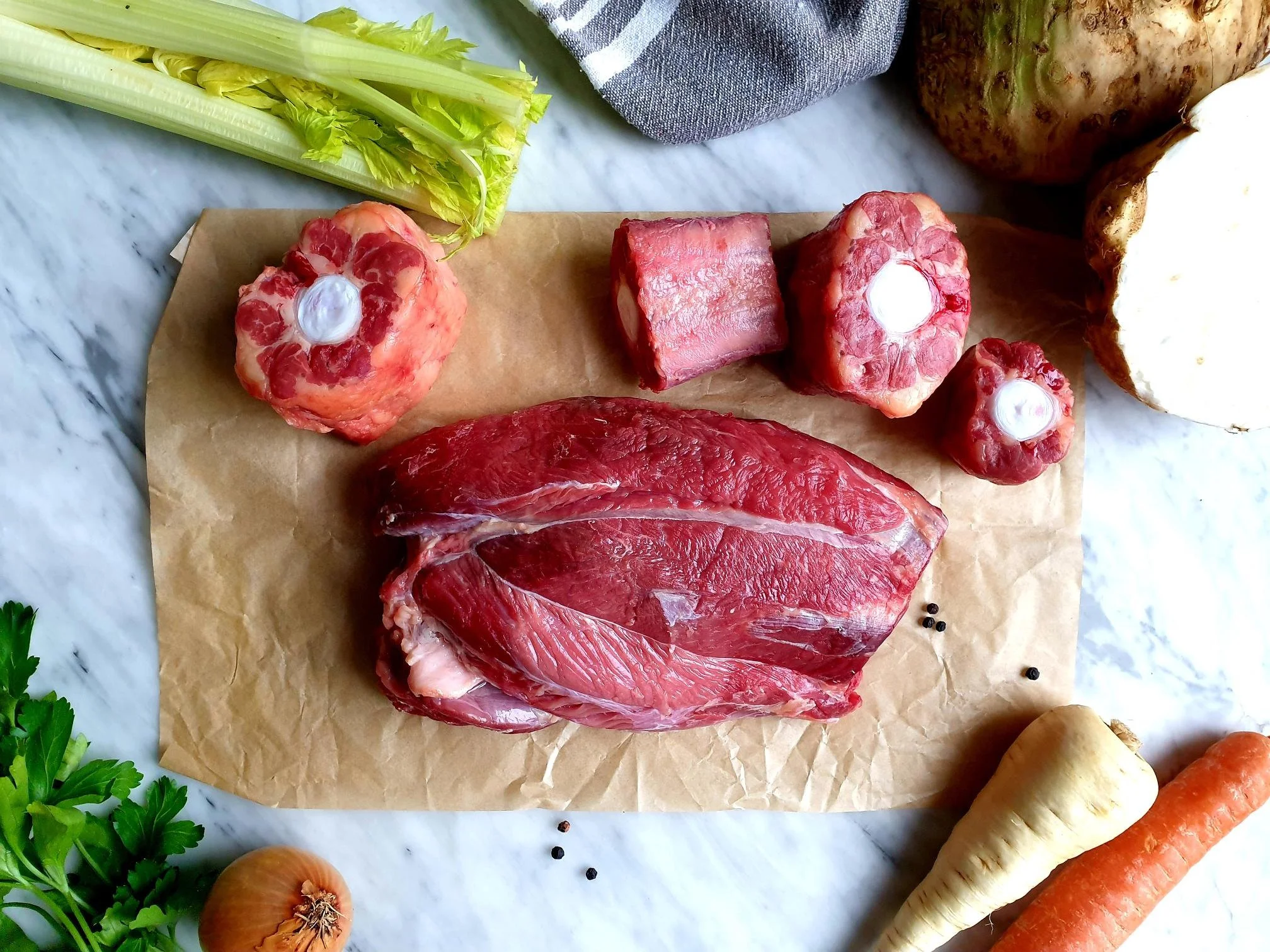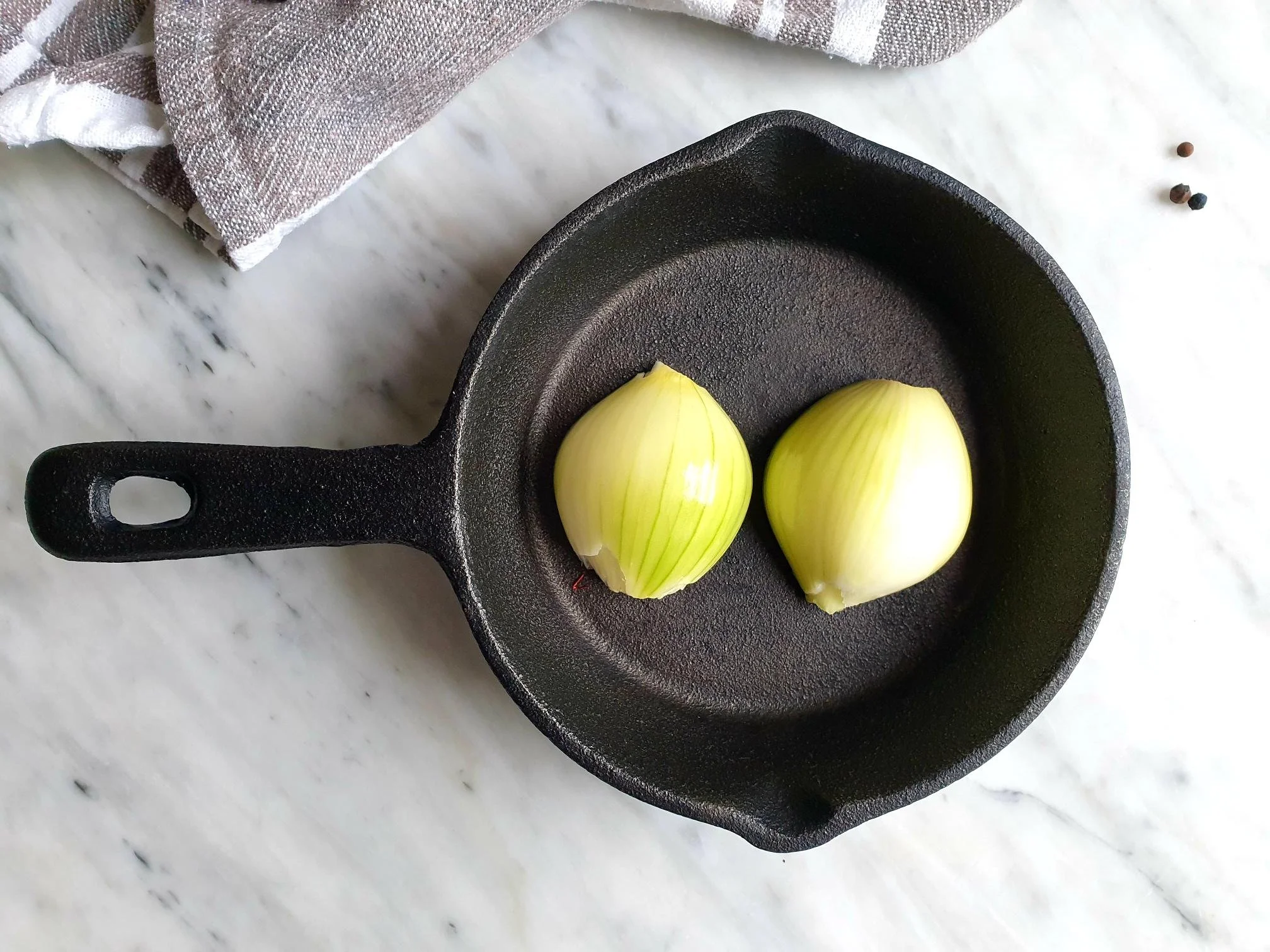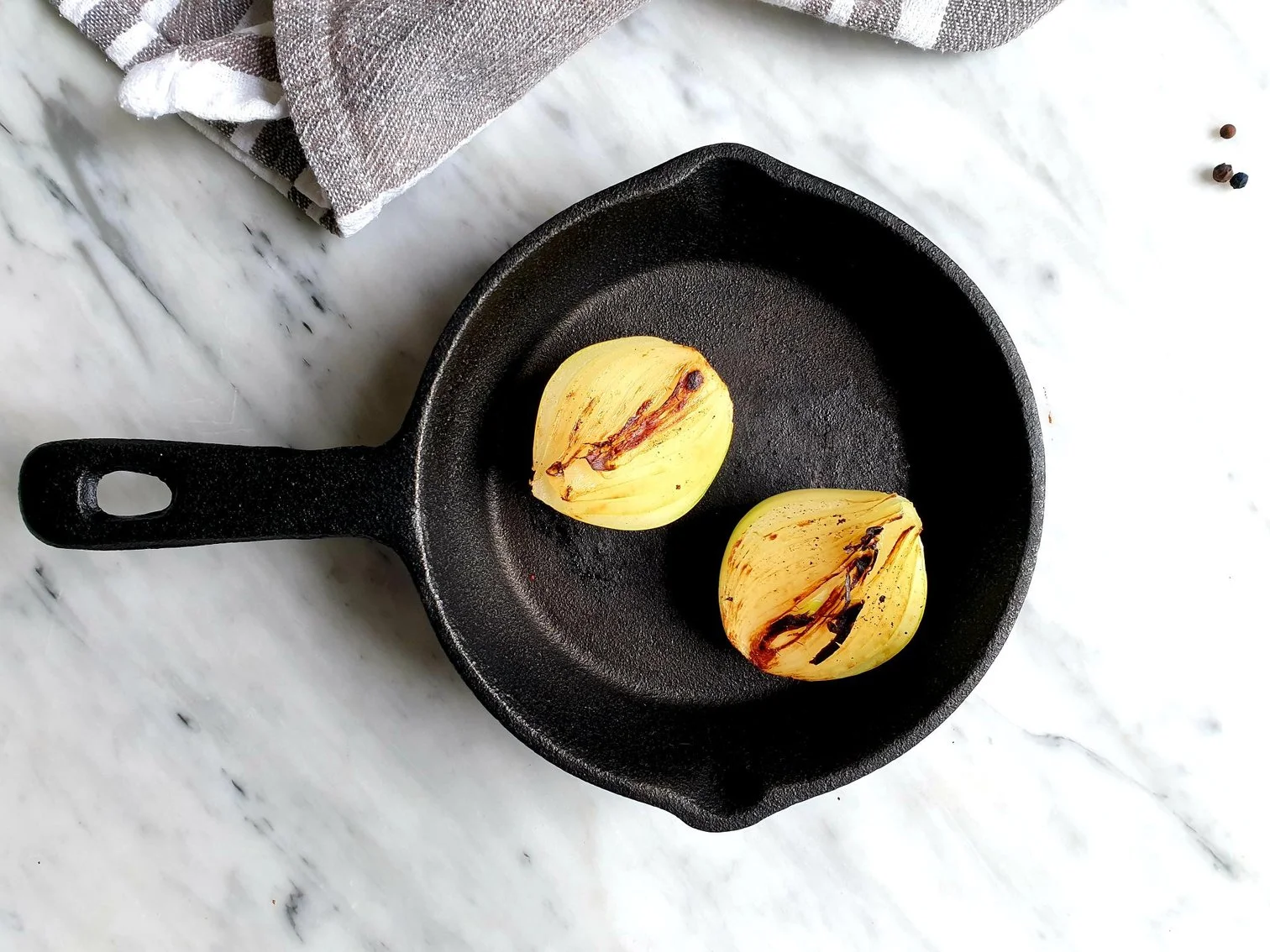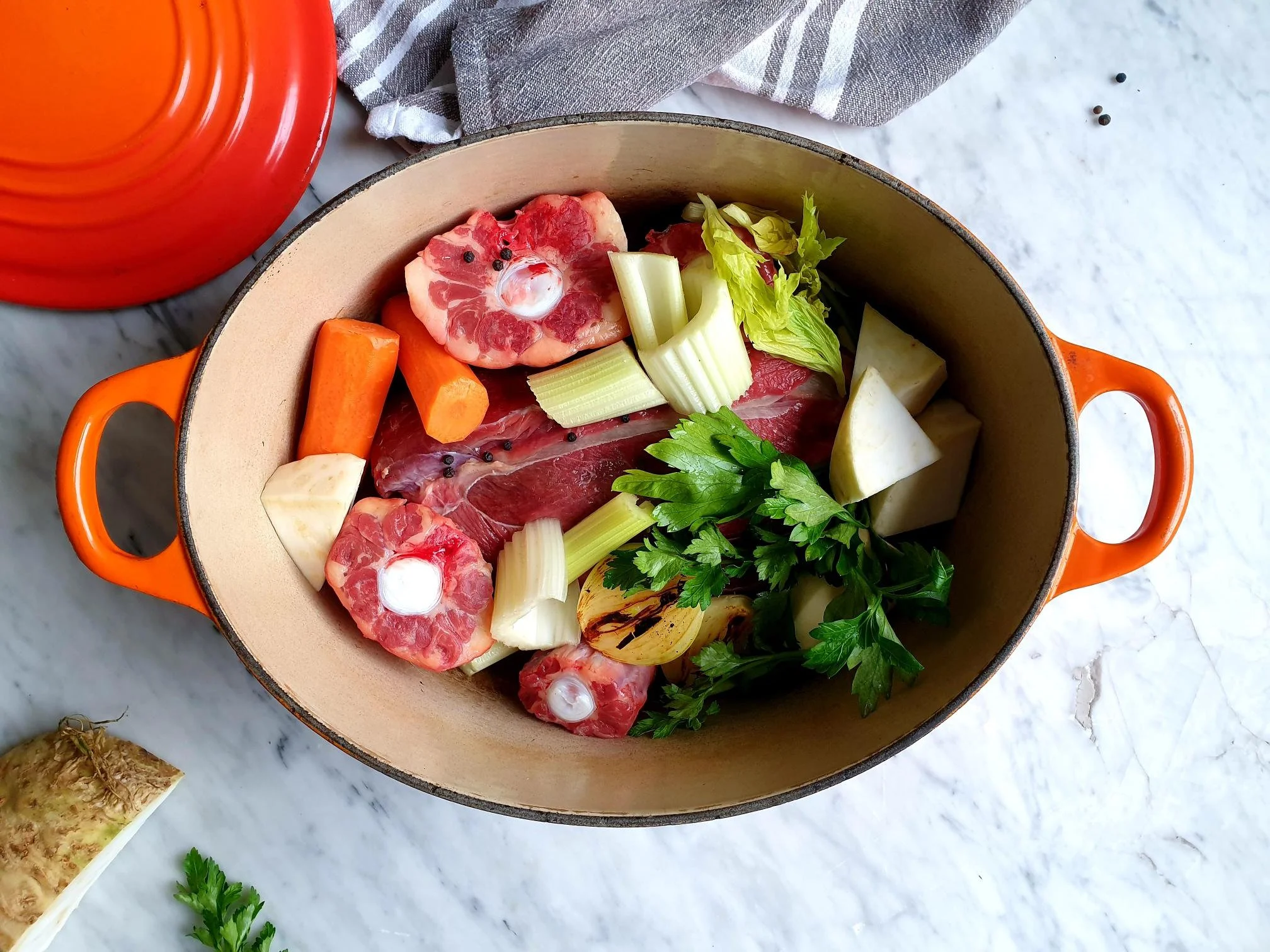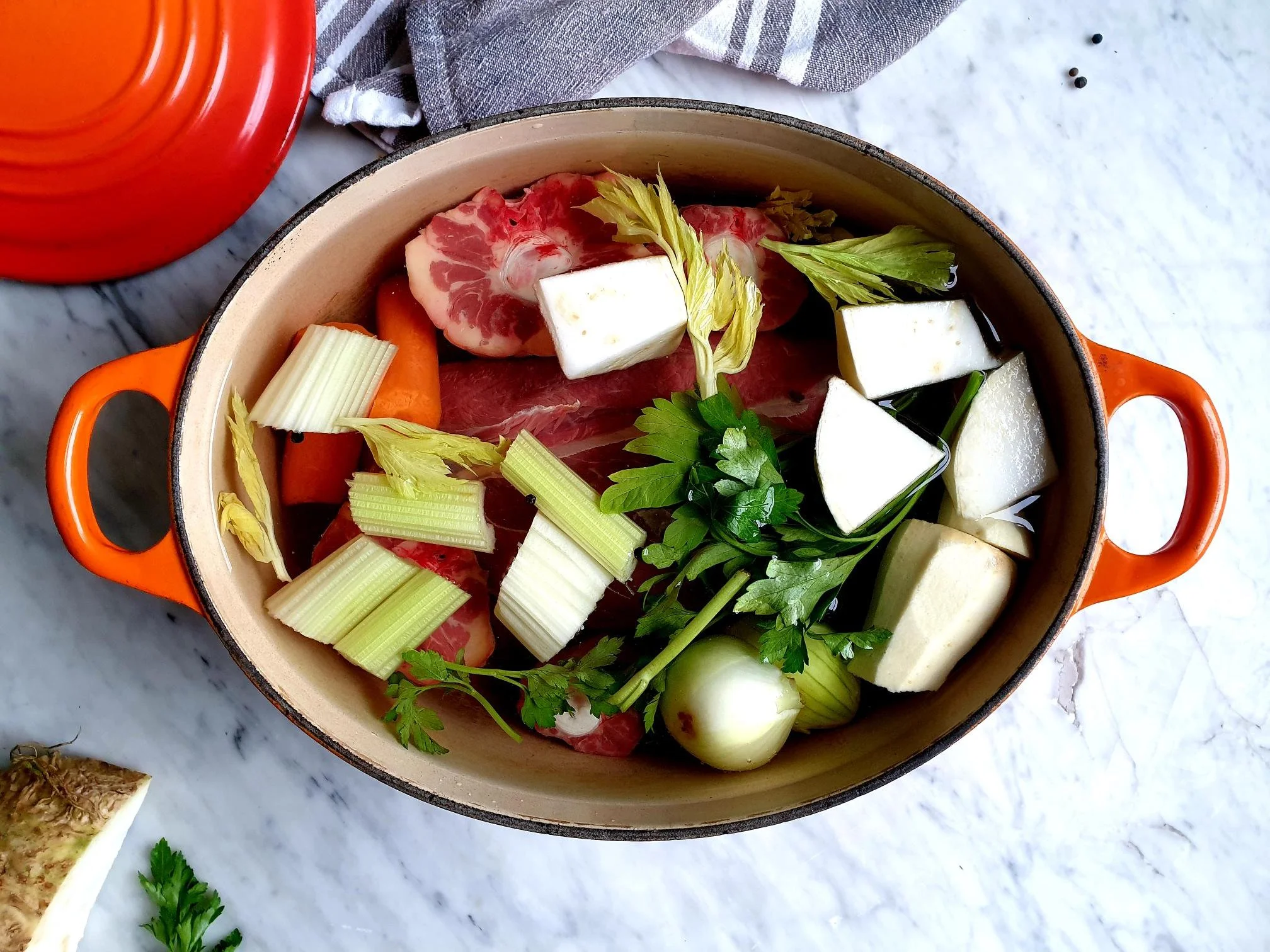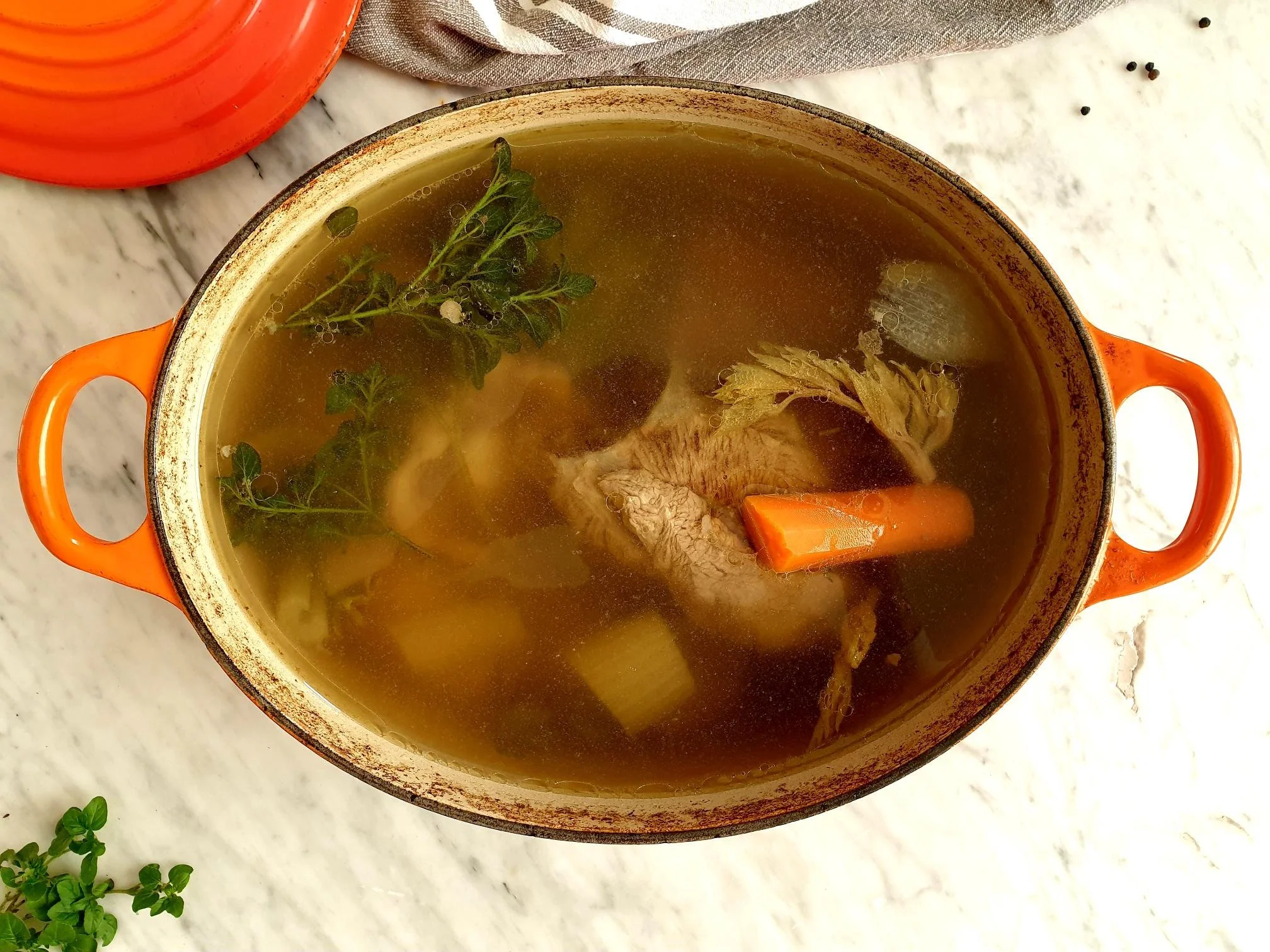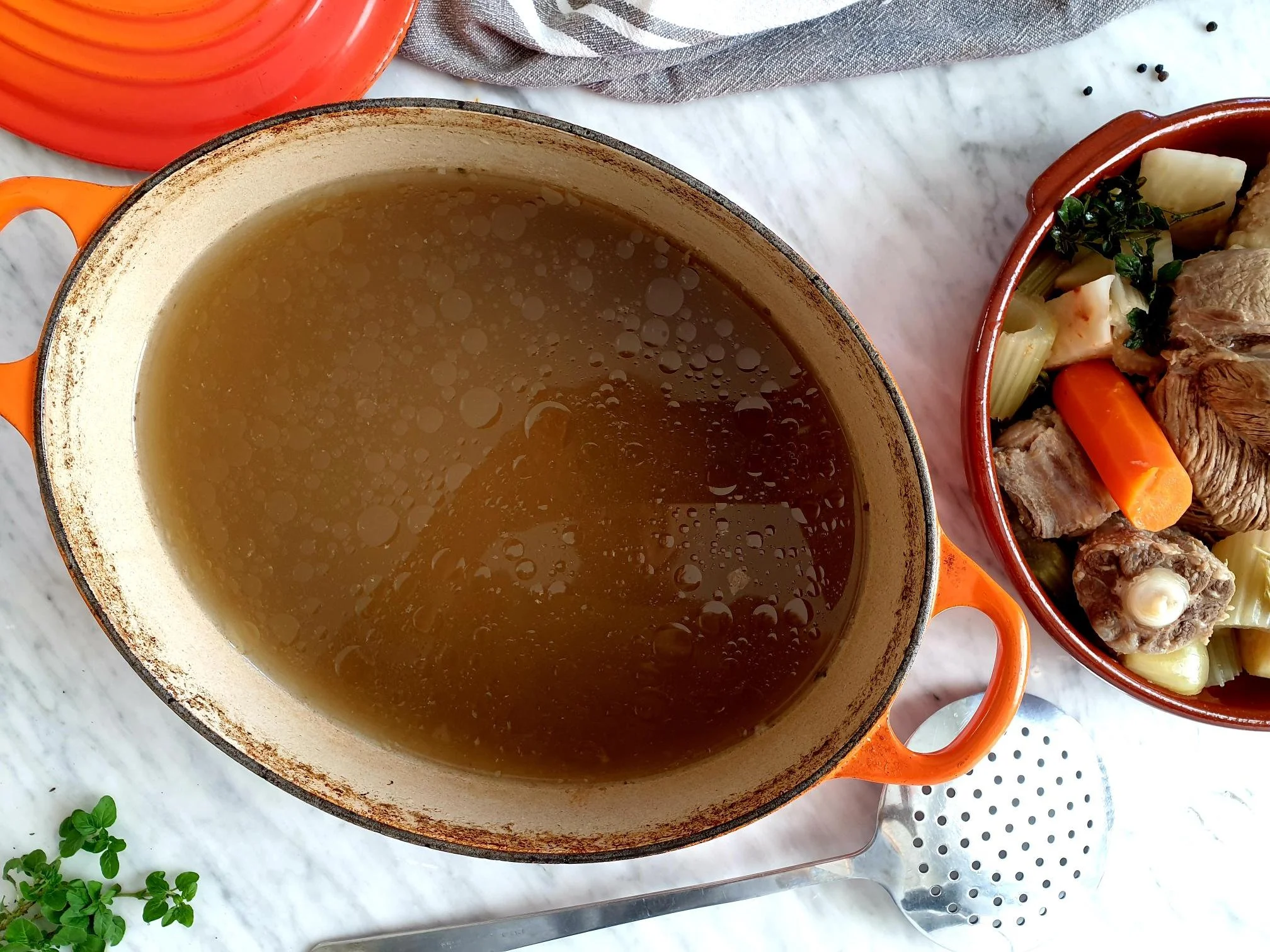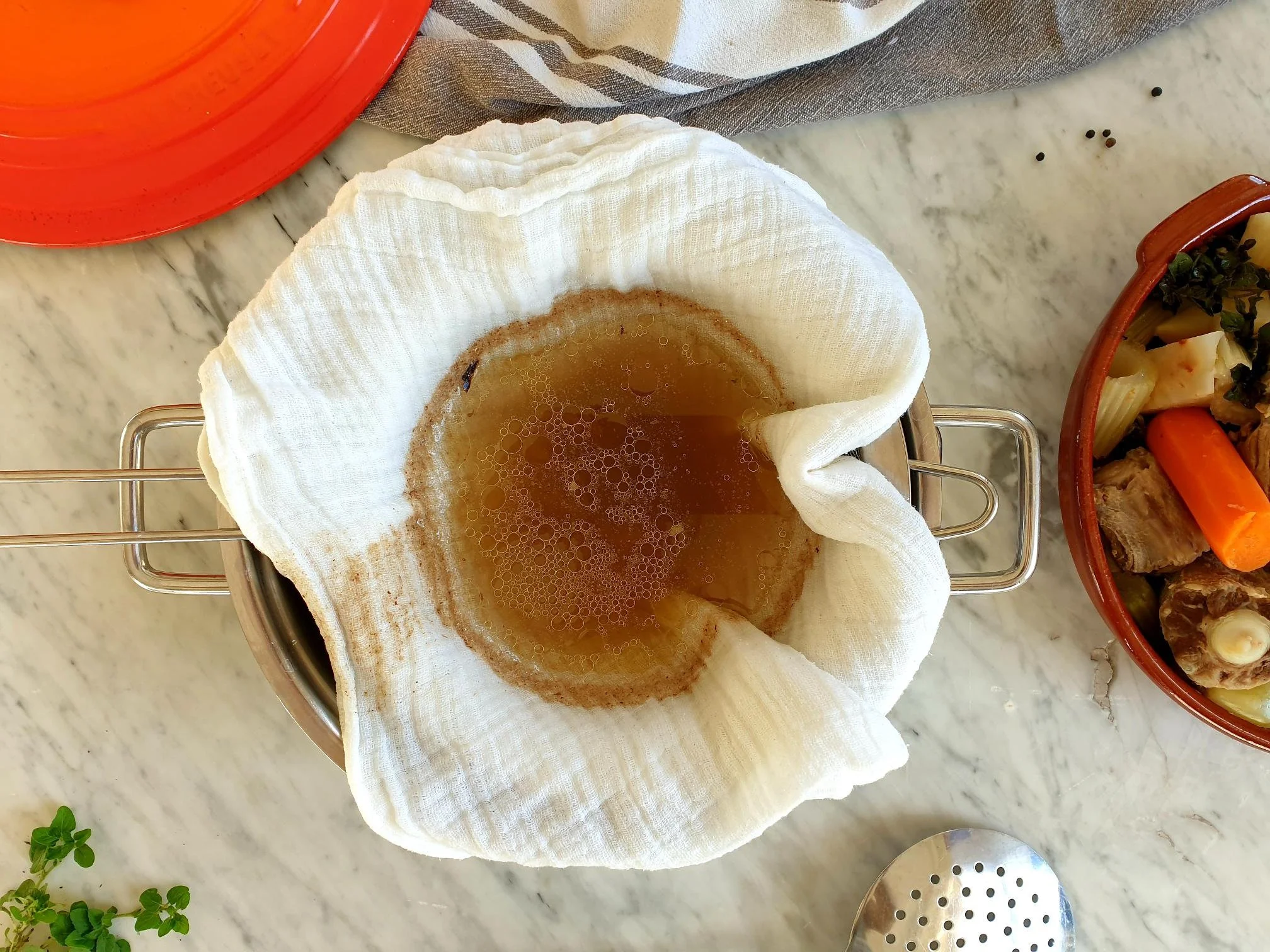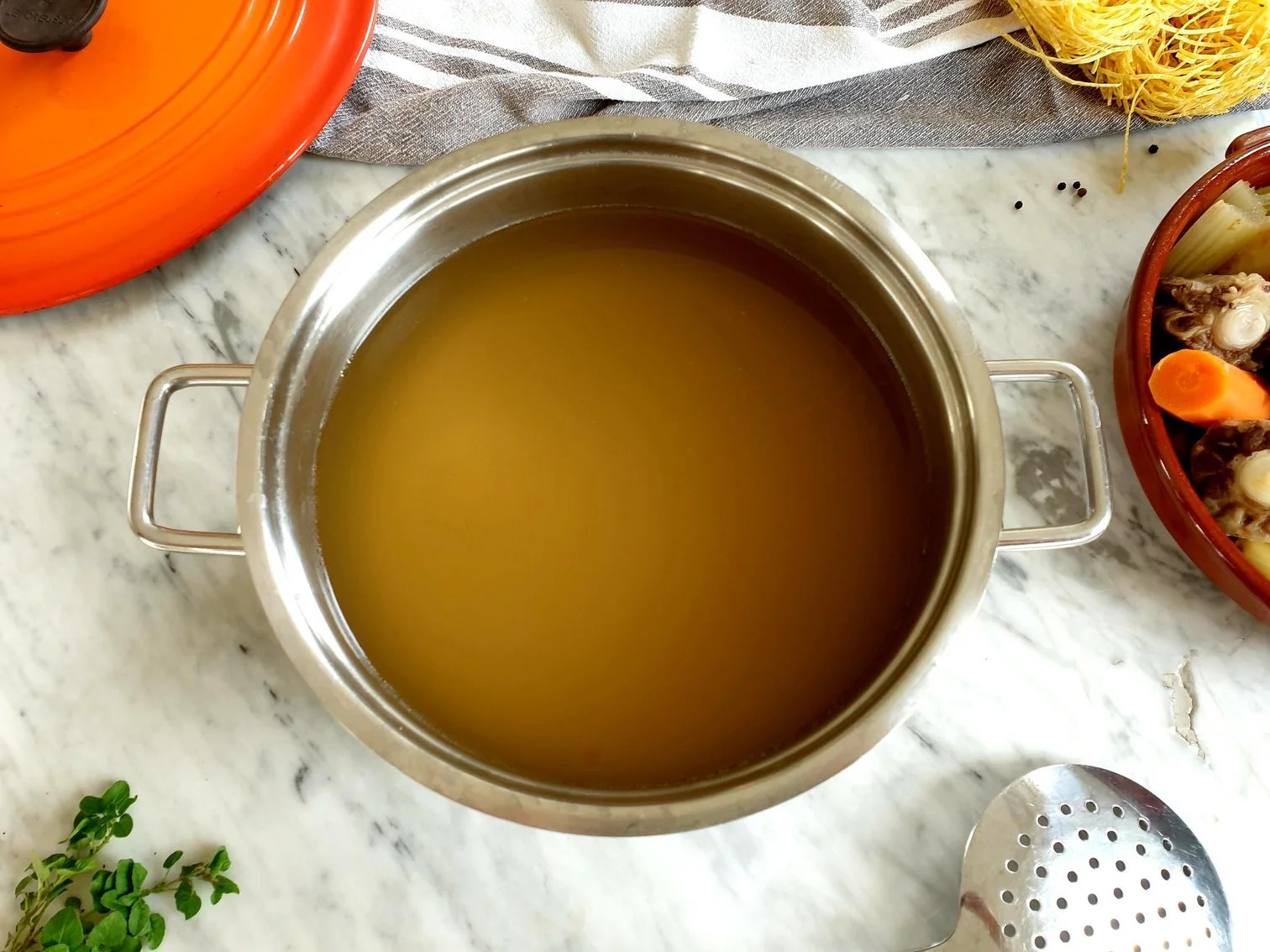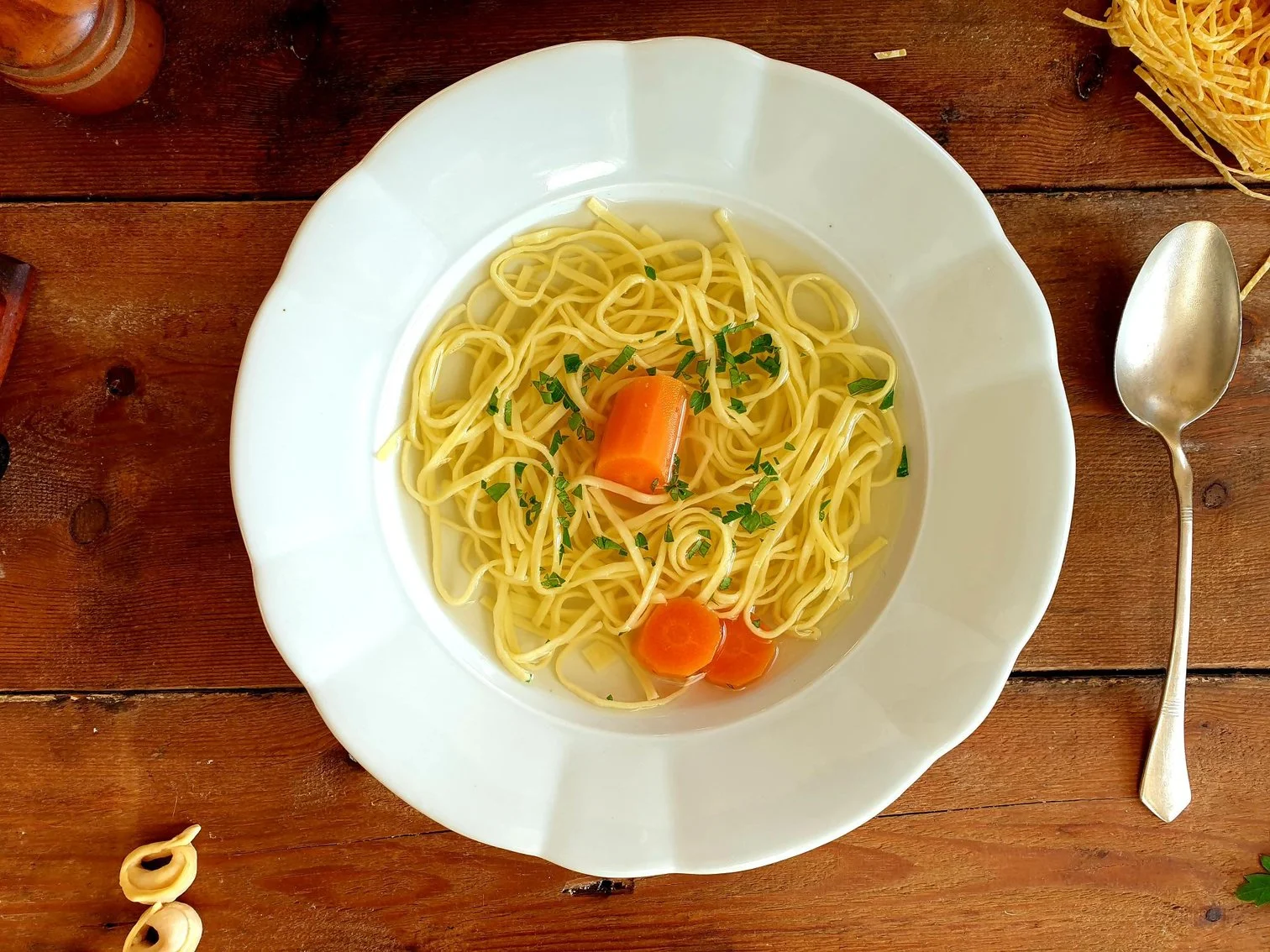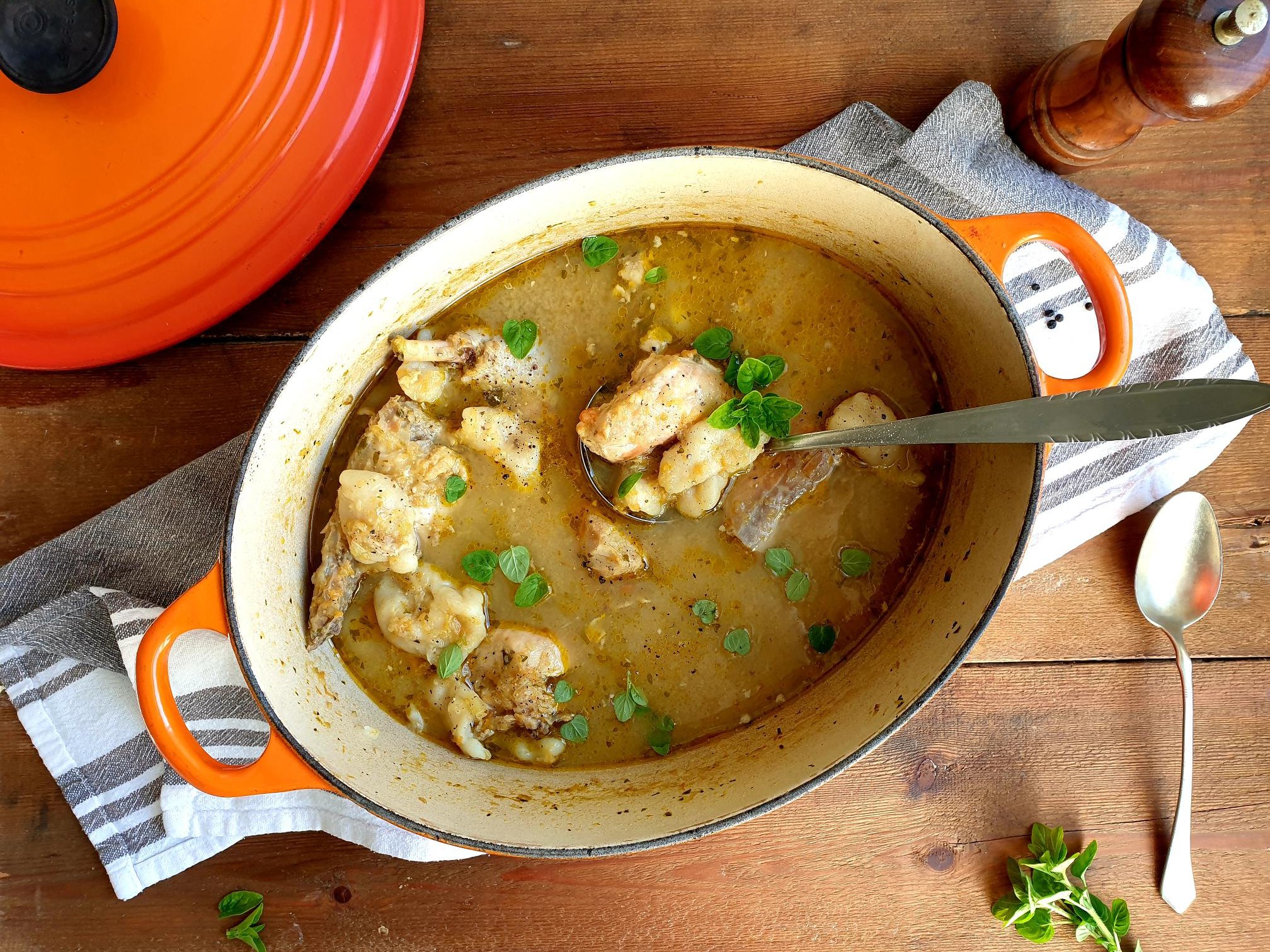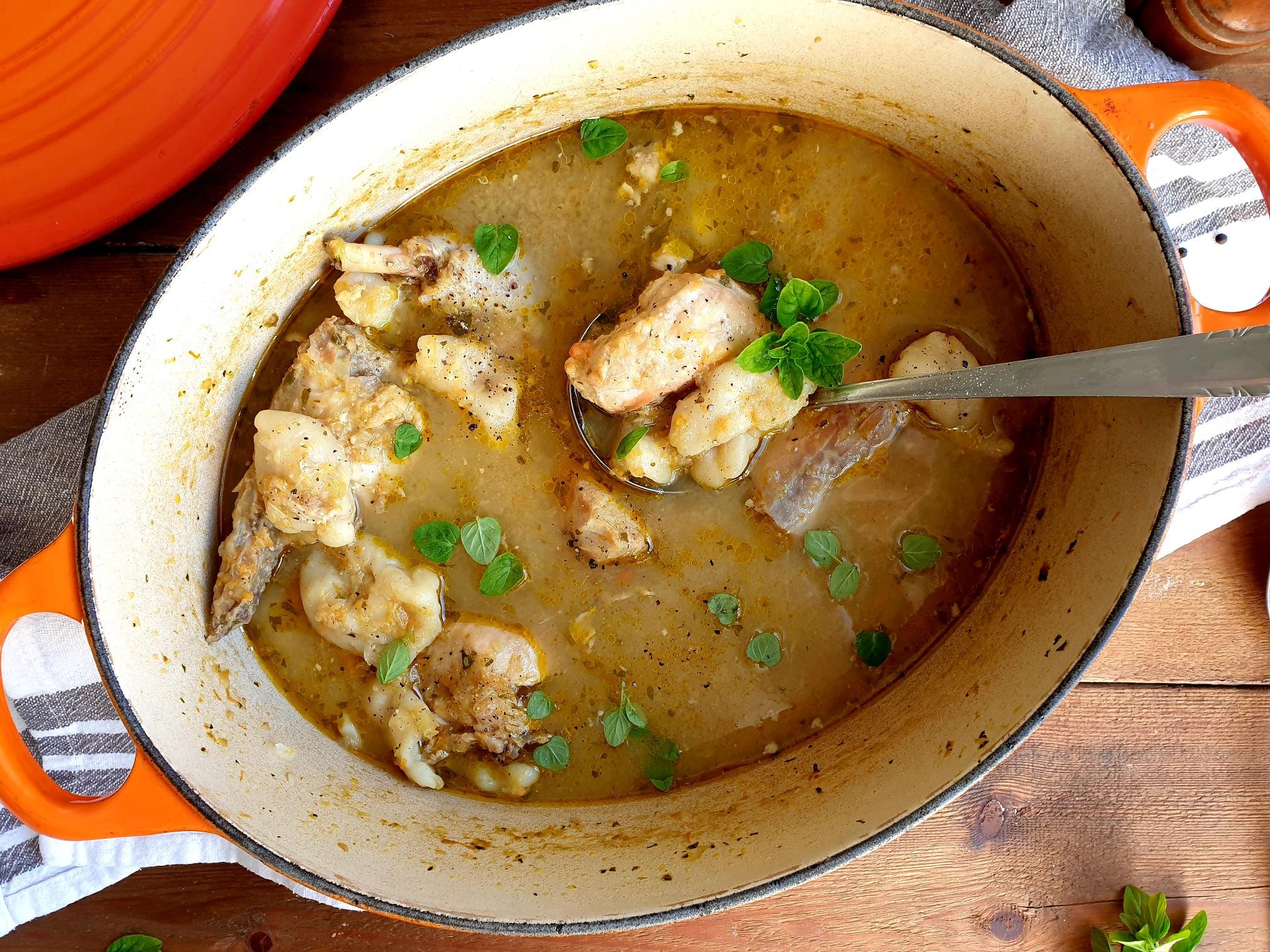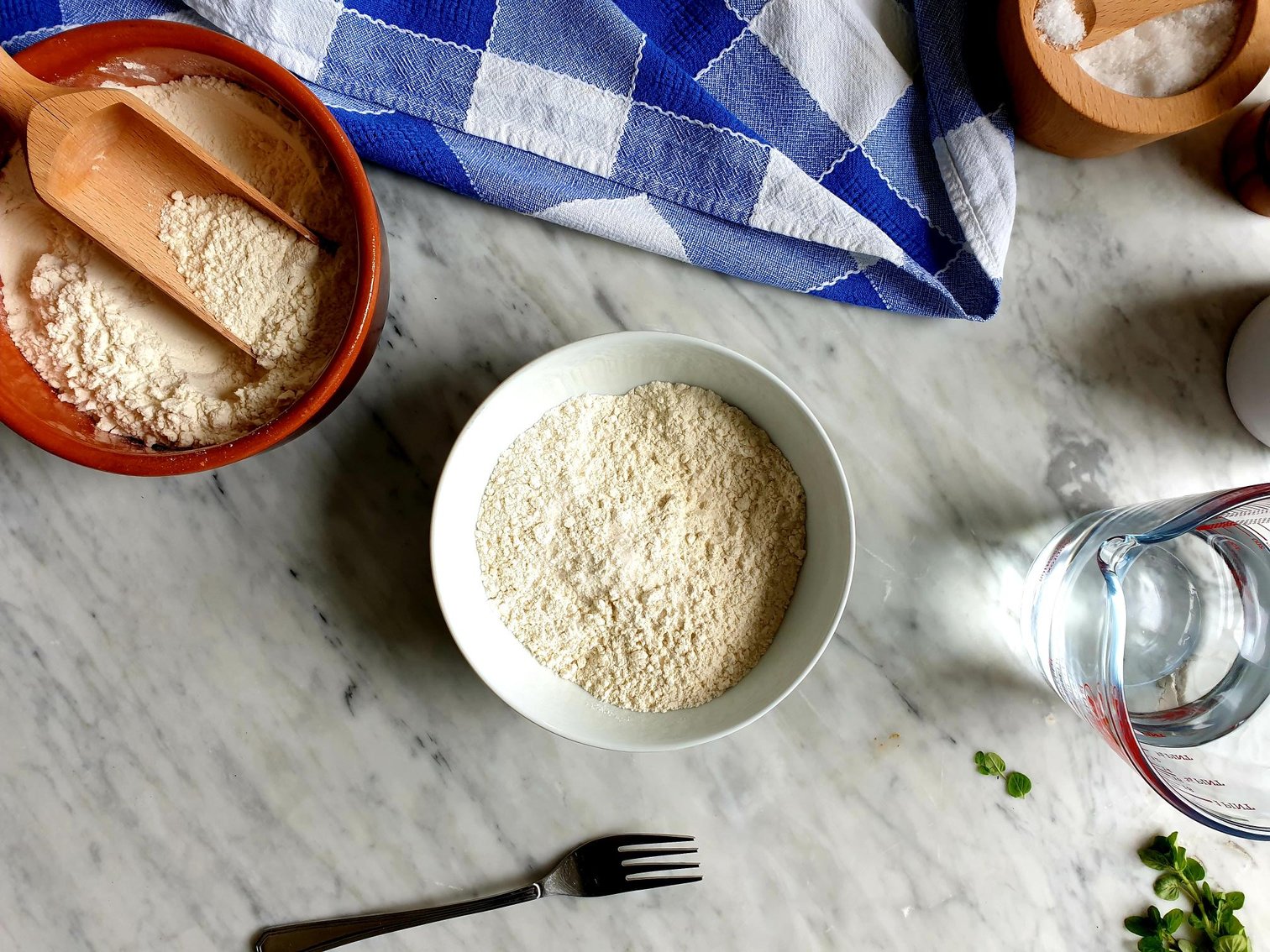Clear Beef Broth Soup Recipe
Beef broth is a strained, thin, clear type of a soup, cooked with meat, vegetables and fresh herbs. It is incredibly easy to make, and therefore, a perfect recipe for the beginners.
This soup is very comforting, hearty and delicate but incredibly flavoursome. It can be eaten as a hot starter or as a first course meal, instead of other types of soups, pasta, risotto or gnocchi dishes.
It is also recurrently used as a stock, to make risotto dishes for example, and in countless other recipes.
This is a staple dish in Slovenia where it is almost impossible to imagine a traditional family Sunday lunch without it. It will be prepared and served also during holidays including Christmas, New Year, Easter, and to mark special family celebrations. It is one of the basic dishes in Slovenia together with clear chicken or vegetable broth, and every household will have a little secret how to make the best one.
Slovenian households will almost always have some stored in the fridge or in the freezer, and you will have no trouble finding it on almost every menu as Goveje juha.
If you happen to fall ill with the cold or a flue in Slovenia, you will most surely be offered a hot clear broth to make you feel better as it is used like a “magic cure”.
Along the Slovenian coast the use of fresh marjoram will distinguish this broth from other regional varieties of the recipe found in neighbouring Italy and Austria for example, where this soup is also very popular and very much-loved dish.
I am sharing here my family recipe for this delicious soup.
Ingredients
It will make about 2 litres of broth.
about 800g beef meat (cheaper cuts like shin of beef/shank or shoulder/beef clod are normally used, these types of meats are quite tough but when slowed cooked over a low heat will result in tender, moist and rich in flavour). You can use chicken meat, with most of the skin removed, or a combination of chicken and beef.
about 450g oxtail or beef bones (beef marrow bone rings), optional
1 parsnip, washed and peeled
1 carrot, washed and peeled
1 medium onion, peeled
a piece of celeriac (about 80g), peeled, optional
1 celery stick, washed
a few celery leaves, optional
a handful of fresh flat leaf parsley sprigs (stalks included), washed
a few sprigs of fresh marjoram, optional
a few whole black peppercorns
sea salt
4 l cold water
Method
Cut the onion in half and place the two halves of the onion in a small pan (flat sides facing down) without adding any oil or other types of fat.
Fry for a few minutes until blackened slightly, then set aside.
Wash the meat and the bones, and place them in a fairly large pot (big stock pot is ideal if you have one).
Add all the washed and prepared vegetables, and the herbs.
Add the black peppercorns, water and bring to the boil.
With the slotted spoon skim the foam from the surface.
Lower the heat to a minimum and partially cover with the lid.
Check the broth now and again and make sure it is not boiling aggressively, it should simmer very gently for about 3 hours.
Skim regularly the foam from the surface.
When the broth is cooked add sea salt to your taste.
Remove all the vegetables, the meat and the bones from the pot and set aside.
Filter the broth, if you want to end up with a very clear soup (this phase is optional if you do not want a “muddy” looking broth).
Place the colander, lined with clean kitchen towel, muslin cloth, or cheese cloth, over another large pot (big enough to contain all the broth) and gently pour,or ladle, the broth into the lined colander.
Beef broth can be enjoyed clear, on its own, or with a small, shaped pasta (like little stars or orzo pasta), egg type noodles (like vermicelli or tagliolini pasta), croutons, shredded pancakes, grated egg based pasta dough, semolina dumplings, little tortellini, capelletti or passatelli, and Austrian style bread dumplings, just to mention a few.
Vegetables and herbs removed from the broth get normally discarded (except the carrot, parsnip and other root vegetable, which sometimes are cut into smaller pieces and put back into the broth when served).
Meat can be shredded back into the broth, or sliced and eaten as a main dish separately, traditionally it is accompanied by horseradish cream sauce, freshly grated horseradish, mustard, mayonnaise and pan-fried potatoes with onions and pancetta.
Just a thought
You can store the broth in the fridge for 2/3 days. Make sure you cool it first completely and then store it in the fridge, leaving the broth in a pot or transferring it into an airtight container.
You can also freeze the broth for up to 3 months.

